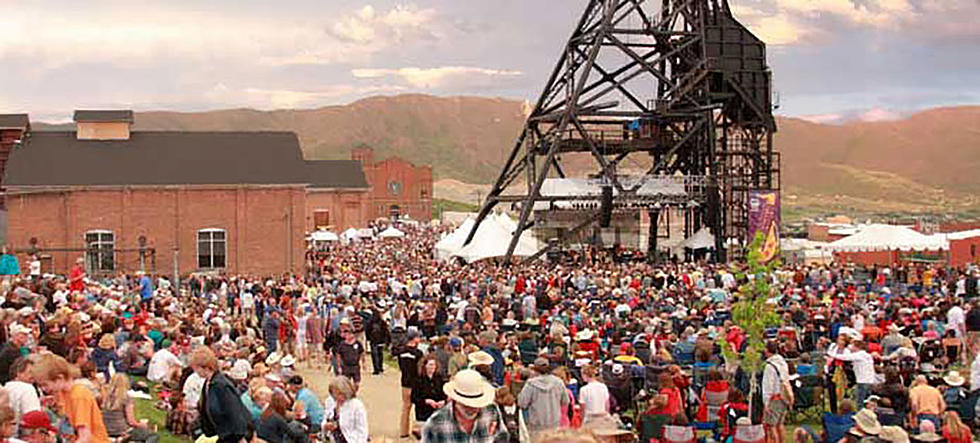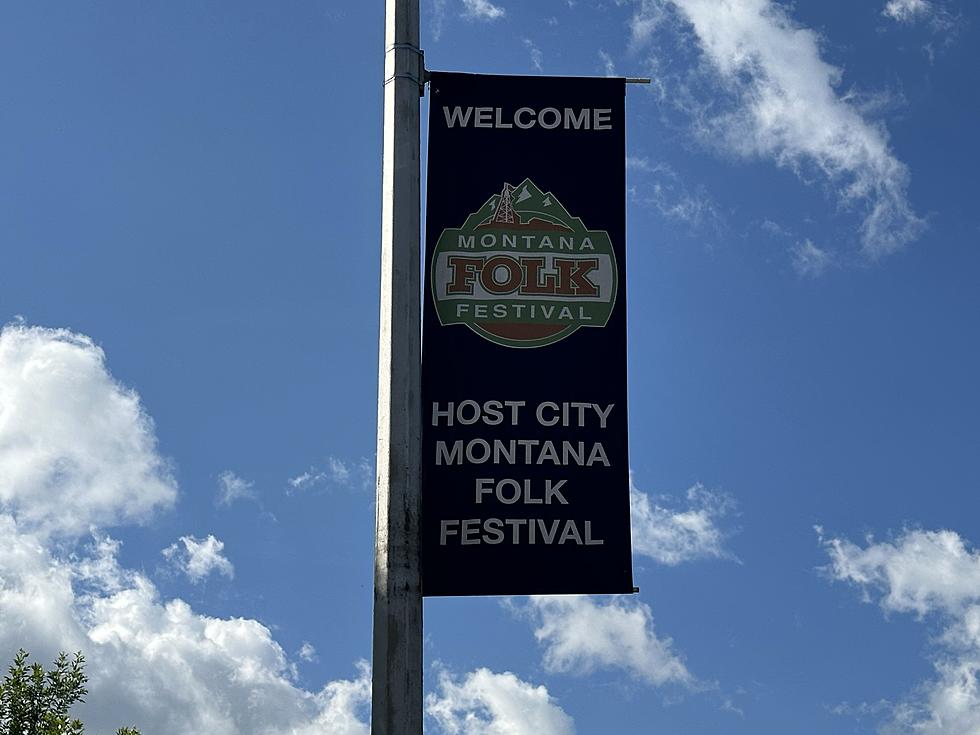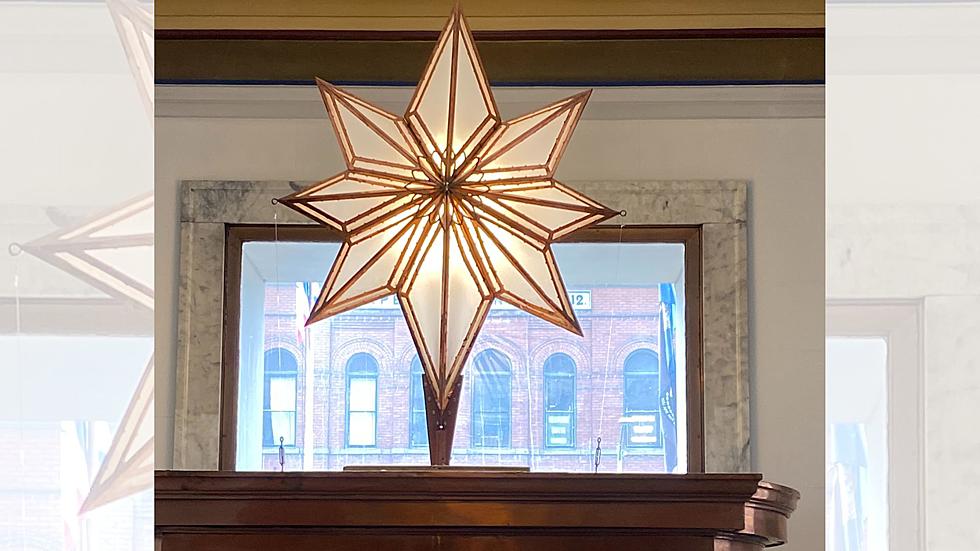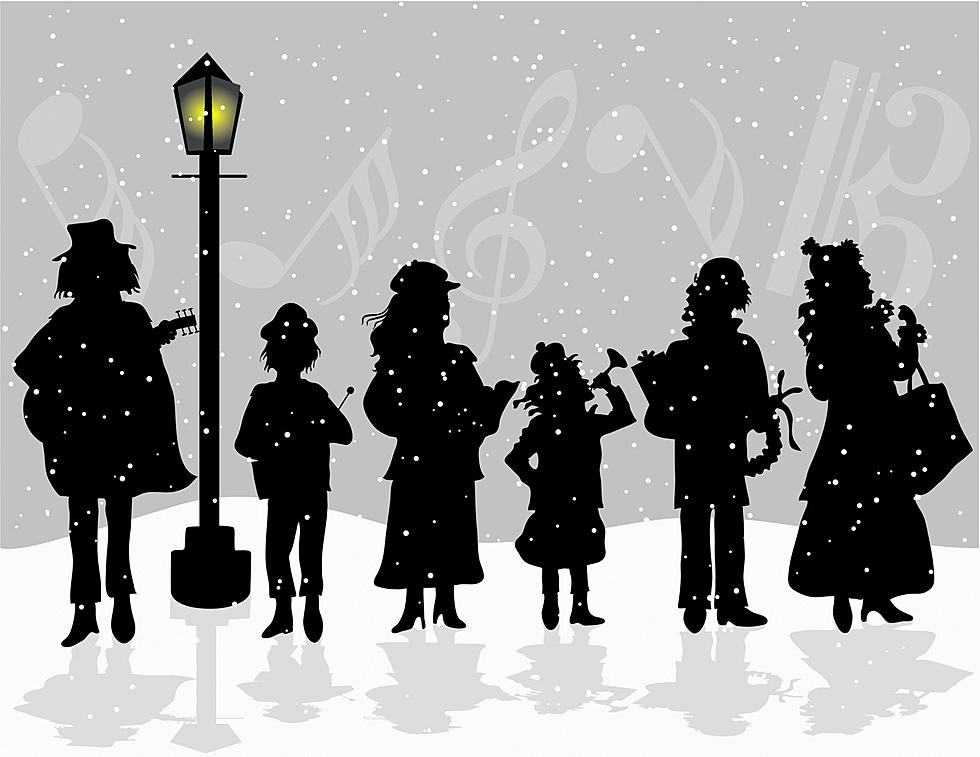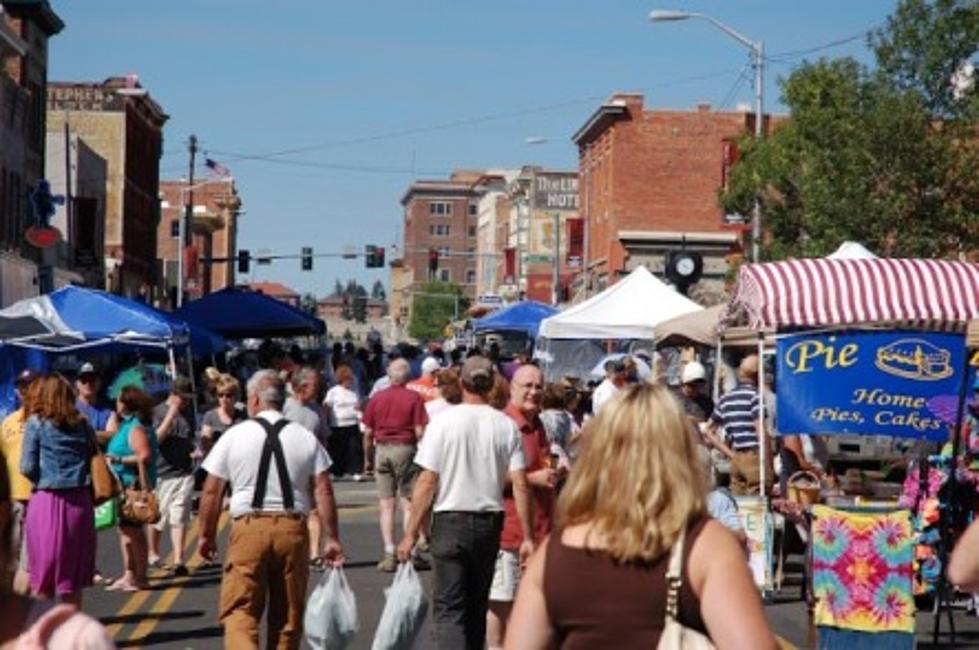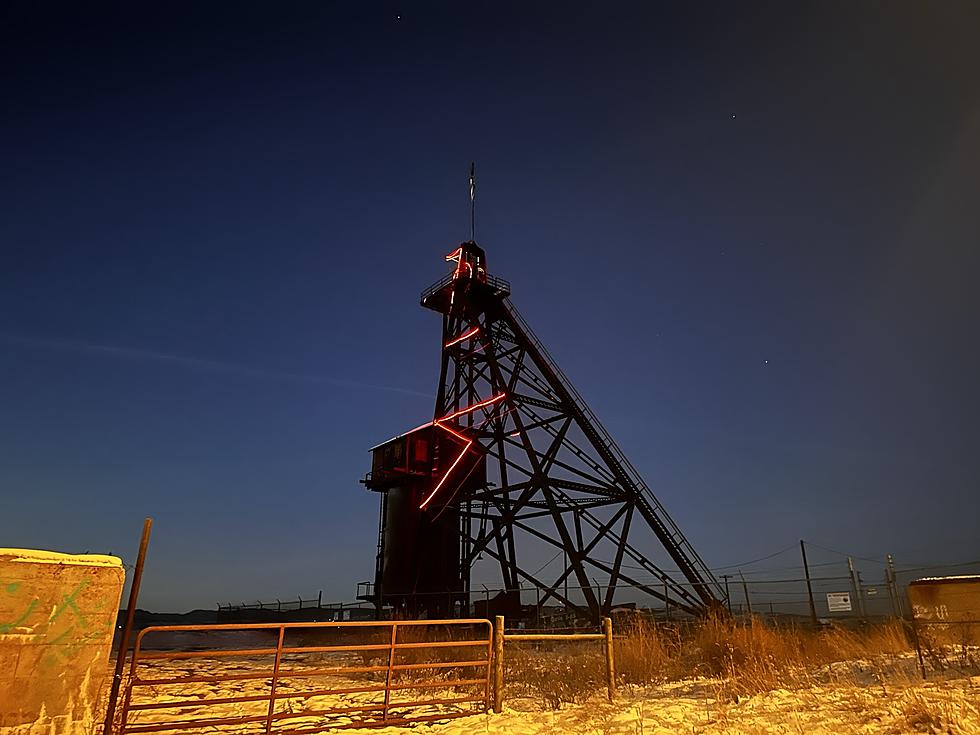
Travona Headframe getting light upgrade through Lighten UP project
Butte's Headframes are symbols of our city that are as unique as the people who live here and are distinct landmarks that are recognizable the world over. Active mines once dotted the Uptown landscape which has changed considerably since the formation of the Berkeley Pit, swallowing up entire neighborhoods and pushing future growth to the south of the mining camp. Today, the number of "gallows frames" that are still standing are a fraction of what they once were, and their historical importance is indeed significant. Twenty years ago, we put lights on many of the remaining frames, but they are in need of replacement. Before we find out what's going on, let's take a look at the Headframes of Uptown Butte.
Know Your Butte History: Standing Mine Headframes
Gallery Credit: Tommy O, Townsquare Media
The following is a release from George Everett of Mainstreet Uptown Butte:
Twenty years ago, the Travona headframe was illuminated with red LED lights as the first step in what is known as the Lighten UP project to illuminate headframes on the Butte Hill. Several more would join it in following years. The project was prompted by the importance of these structures to the history and character of the community.
There is no more important symbol of Butte than its headframes that stand over the Hill's now silent underground copper mineyards. These tall structures--they range from 99 to 200 feet--are remnants of the underground copper mining era that was the engine for the city's renowned prosperity and the source of its nickname "The Richest Hill on Earth." Often mistaken for oil derricks by visitors, they were originally called gallows frames (or gallus frames) because they were used to lower miners to their stations below the surface. The double meaning of the name was not lost on the miners who knew the risks in their daily work. Many died below the surface in the dangerous business of "getting the rock in the box."
Today, about a dozen of these headframes have been acquired by the county and carefully preserved as precious county heritage assets, immediately visible from anywhere in the valley below and recognized far and wide as symbols of Butte, Montana. You can't pick up a brochure or see a TV ad without noticing a logo that is some configuration of a headframe. They represent better than any other symbol the substance and spirit of the Butte community. They represent Butte's mining heritage, the submerged sacrifice of sweat, toil and tears to get the precious metals from beneath the surface that helped win wars and fuel a global economy. The copper mines beneath each headframe made widows and orphans but their immense wealth also fed and clothed thousands of families, many of them immigrants from around the world who realized their American dreams here.
They still represent the resilience of a town that stands tall and strong and straight against the onslaught of time and the elements. They punctuate the Butte landscape like exclamation points. Yet, for most of the hours of the day, especially in long winter nights, they remained invisible to the millions of people who pass by Butte each year on their way east or west, north and south.
From the beginning, this community project has intended to shine lights on these shrouded remnants of Butte's heritage. Starting with the Travona in 2003, eight of these icons have been lit for the world to see and appreciate in a way that honors what they represent and draws the attention of the world to their importance and to the interpretation of Butte's heritage and future. Like Uptown Butte's darkened tall Uptown buildings, during the day they are portals through which visitors and residents can easily imagine what life was like in Butte during its underground mining period. Yet, at night they have remained invisible.
The Travona Mine is the site of the first silver strike in Butte originally named the Asteroid by Willam Farlin in 1874. Farlin expanded mine operations with a $30,000 loan from W.A. Clark's Deer Lodge bank to build the Dexter Mill. When Farlin defaulted on the loan, Clark acquired his first Butte property upon which his fame as one of the three Butte "Copper Kings" was founded. The mine name is commonly misspelled "Travonia,” and this mispelling becoming the official name of the street which runs adjacent to the mine yard in which the headframe stands. The headframe was first installed at the Pennsylvania Mine but was moved to the present site in 1940.
In 2003 the headframe became the first of eight headframes to be lit with red LED lights to honor the memory of Butte’s mining heritage. The first sponsors of the project were Butte residents Jon Sesso and Barb Kornet in honor of their parents.
Long overdue for repairs, the lights will be upgraded during the project. Since the technology has advanced in 20 years, the replacement lights will be more resistant to the elements. The hope is that this project will lead to similar improvements for other headframe lights on the Hill.
Major support has been received to upgrade the lights for the Travona from the Town Pump Foundation with headquarters and deep roots in Butte. For details about the charitable works of the Town Pump Foundation, visit www.townpump.com.
For details about this project as they develop, visit www.mainstreetbutte.org, or on Facebook at uptownbutte.
The Six Times ‘Man V. Food’ Featured A Montana Restaurant
Gallery Credit: Nick Northern
The Six Times ‘Man V. Food’ Featured A Montana Restaurant
Gallery Credit: Nick Northern
Rock's Fiercest Fan Bases and Their Nicknames
Gallery Credit: Allison Rapp
More From 95.5 KMBR

